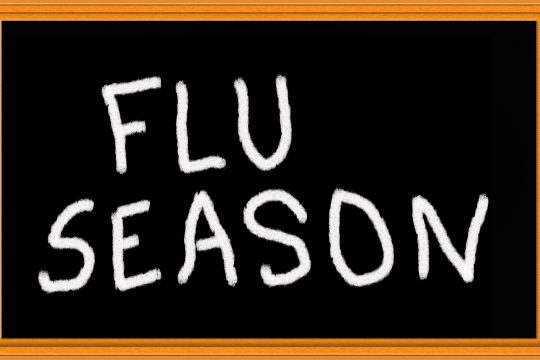
(The article referenced below originally appeared on AMAC.us on 9/27/2018)
Well, it’s that time of the year again. October 1 is generally acknowledged as the beginning of flu season, and you’ve no doubt seen in recent weeks an uptick in news articles, medical advertisements, public service announcements, and neighborhood chatter about the “flu shot.” Questions like “Did you get your flu shot? or “Should I get a flu shot?” or “What if I don’t get a flu shot?” seem to swirl around us during the early days of the flu season (which, by the way, typically runs into spring). CDC studies estimate that the vaccine can reduce the risk of the flu in the overall population by 40–60%, and this year’s flu shot version will offer protection against three or four of the influenza viruses expected to be in circulation this flu season. The CDC also reports that “A high-dose flu vaccine also will be available for adults age 65 and older.”
Given the annual attention focused on the flu season, and based on the Mayo Clinic’s observations that “It takes up to two weeks to build immunity after a flu shot,” it’s important that you consider your vulnerability and the benefits that could result from this preventive step. In a post recently on the Association of Mature American Citizens‘ website, this importance was highlighted along with discussion on the facts and myths that surround the annual flu season. This post, created by AMAC Foundation Board Member John Grimaldi, can be accessed here…
And here are some additional backgrounders if you’re inquisitive about the overall flu shot issue:
Subscribe
Sign Up for Our E-Newsletter!
Stay up-to-date on all of the topics you care about by subscribing to our quarterly newsletter emailed directly to your inbox!
SubscribeSubscribe
Sign Up for Our E-Newsletter!
Stay up-to-date on all of the topics you care about by subscribing to our quarterly newsletter emailed directly to your inbox!
Subscribe